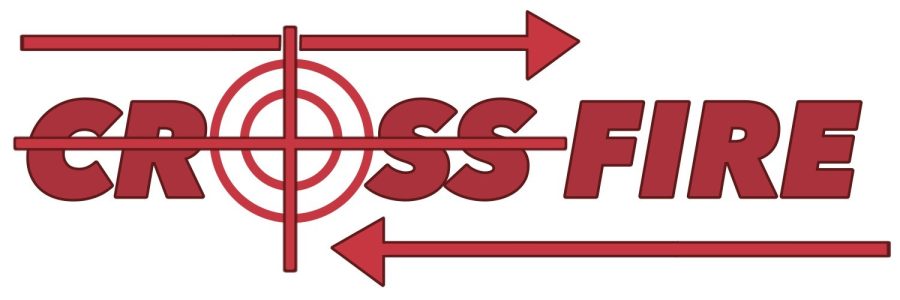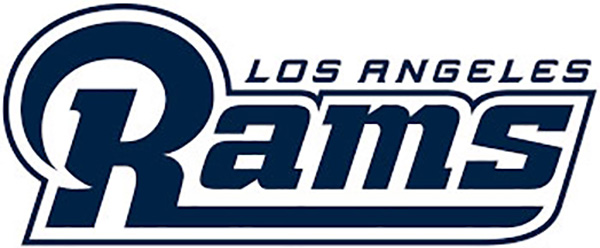By Josh Einbinder-Schatz
Photo/Graphics Editor
When talking about college athletics, all of the money lies in football. It’s that money, and lucrative television deals, that have led to the numerous conference switches in college athletics, since 2010.
Louisville, Maryland, Missouri, Notre Dame, Pitt, Syracuse, and West Virginia are only a small handful of the programs that are switching conferences. Since April 15, 2010, when the University of South Dakota became the first school to announce a conference change, over 120 schools have announced similar moves to new conferences.
As of now, there are no signs of this realignment period being over. DePaul, Georgetown, Marquette, Providence, Seton Hall, St. John’s, and Villanova are the schools that make up ‘The Catholic Seven.’ The Catholic Seven announced on December 14, 2012, that they would be breaking away from the Big East Conference to form their own conference, undoubtedly the most dramatic move in this most recent conference realignment period.
“It’s confusing because I don’t know what teams are in what conferences anymore. I don’t know what conferences exist, and some schools in certain conferences don’t make sense geographically,” said senior Matt Pierson. These sentiments have been echoed by many, mainly in regards to the Big East — once, regularly the best conference for college basketball every year — whose future is still unknown, and has new members as far west as Houston.
When looking at the benefits of conference realignment, it is important to consider things from three, main viewpoints: the university, the student athletes, and the fans. As with many other things, there are winners and losers. Some schools will benefit financially, make more money, and elevate their athletic programs, while other schools will be left out, making the same or even less money, and their athletic programs remaining flat.
For college basketball, two of the biggest winners have been Butler University and Virginia Commonwealth University, both of whom moved into the Atlantic 10 Conference, from the Horizon League and the Colonial Athletic Association, respectively. During the 2010 season, Butler reached the national championship game, and during 2011 both teams made the final four, with Butler reaching the national championship game for the second consecutive year. With the move, both schools will be making more money, while also improving the levels of their programs by competing at a higher level.
For college football, one of the biggest winners was University of Nebraska. By switching into the Big Ten Conference, they not only add prestige to their program, but also will make much more money from their new conference. Nebraska has competed in bowl games for four straight seasons, and the program is seemingly still on the rise.
Those hurt most by conference realignment are the schools that are in the lower level conferences, that had teams leave. The large majority of schools that switched conferences, switched to a better conference. They also were, for the most part, one of the premier teams in their old conference. This hurts the rest of the conference because the level of competition has been lowered and the schools will likely be making less money off of their athletic programs.
As of now, the NCAA landscape is becoming a little more clear to navigate, and conference realignment has slowed down a lot since starting almost three years ago. Once the Catholic Seven announce their final plans, that’s sure to bring about another small rush of schools switching conferences, and it will be even clearer then, who the true winners and losers of conference realignment are.







